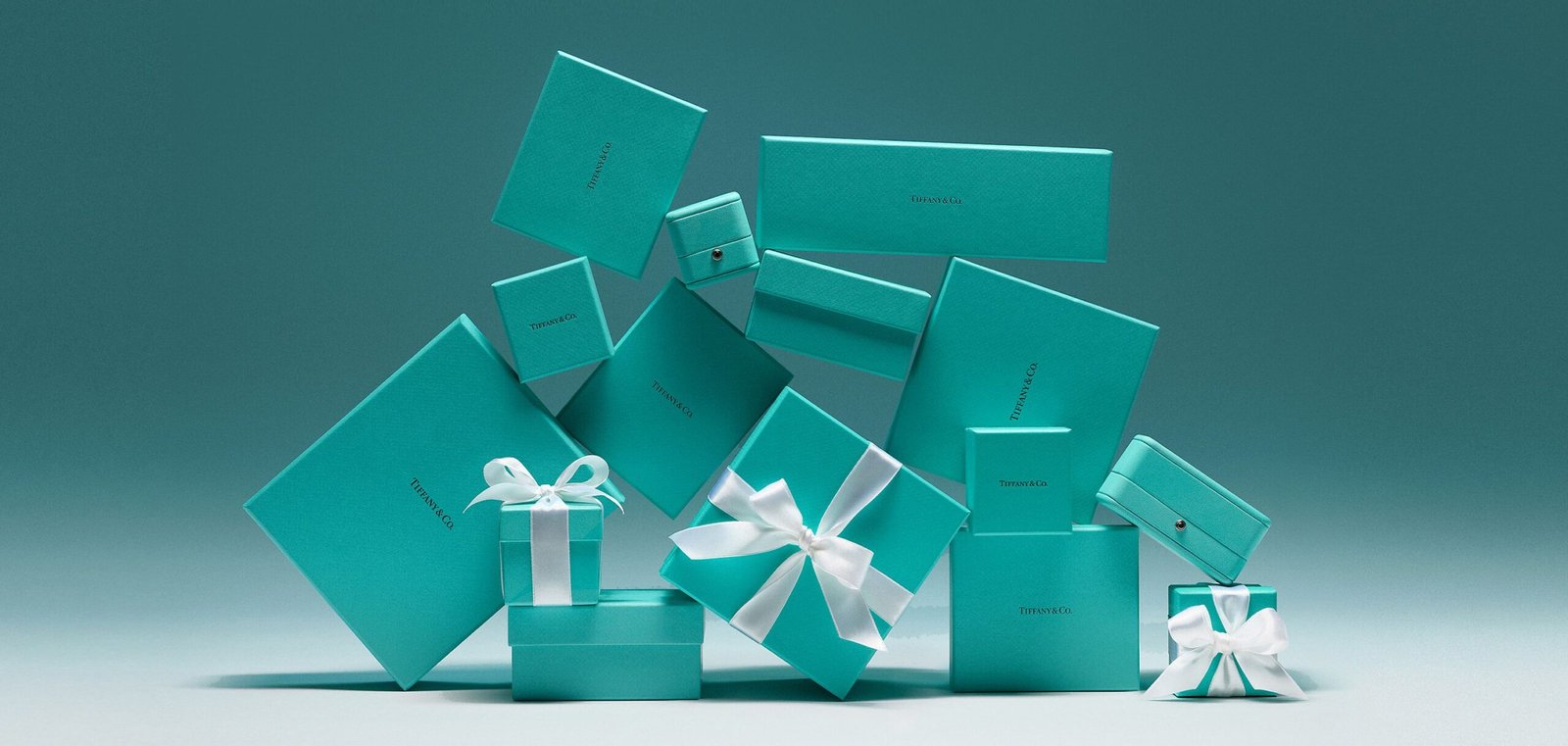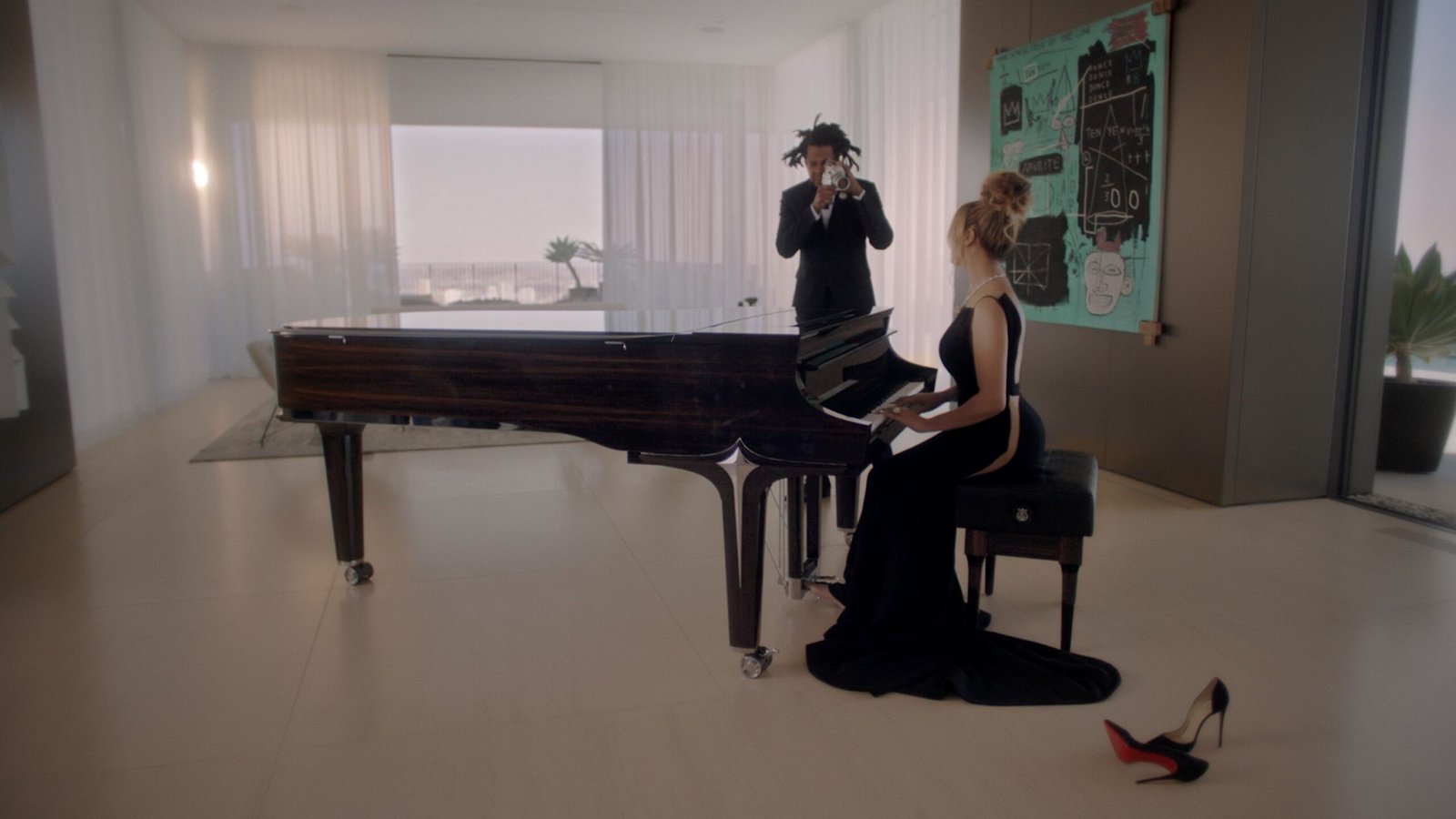For nearly two centuries, Tiffany & Co. has been more than just a jewellery house; it has been an enduring emblem of love, elegance, and cultural sophistication. With its signature Tiffany Blue Box®, a shade so iconic that it’s trademarked, the brand has transformed into something more than mere fine jewellery adornment. At Tiffany, jewellery becomes a memory, a symbol, and a timeless design, all wrapped in one little blue box.

Founded in 1837 by Charles Lewis Tiffany in New York City, Tiffany & Co. began as a stationery and fancy goods store. But it was Charles Tiffany’s vision, his focus on diamonds, craftsmanship, and clean design, that would ultimately define the house. By the late 19th century, Tiffany had already made its mark on the world stage, winning international awards and securing its reputation as America’s premier jeweler.
Tiffany is widely credited with redefining the engagement ring. The creation of the Tiffany Setting in 1886, a six-prong solitaire mount that lifts the diamond above the band, revolutionised how the world saw diamonds. It showcased the brilliance of the stone like never before, and more importantly, reimagined the engagement ring as a centrepiece of love and commitment. That setting is still one of the most recognised ring designs globally, and often the first serious piece of luxury many people purchase in their lifetime.
But Tiffany is more than engagement rings. It has been at the center of artistic and cultural innovation for generations. Legendary designers such as Elsa Peretti, Paloma Picasso, and Jean Schlumberger brought their distinct visions to the house, creating pieces that blurred the lines between jewelry and art. From Schlumberger’s fantastical enamel pieces to Peretti’s sensual, sculptural silver work, Tiffany has always championed bold artistic expression within the bounds of refinement.
The brand’s cultural impact cannot be overstated. Audrey Hepburn’s portrayal of Holly Golightly in Breakfast at Tiffany’s (1961) forever linked Tiffany to a kind of aspirational, modern femininity. It cemented the idea that Tiffany wasn’t just a store; it was a dream. A Tiffany piece wasn’t simply bought; it was given, often marking a milestone, engagements, anniversaries, graduations, or personal achievements.
In recent years, Tiffany has taken bold steps to remain at the forefront of luxury in an evolving marketplace. The brand’s acquisition by LVMH in 2021 marked a new era, blending its American heritage with the global luxury powerhouse’s marketing, retail, and design expertise. Under the leadership of Alexandre Arnault, Tiffany has been refreshed with a modern edge. Campaigns featuring Beyoncé and Jay-Z, limited collaborations with Supreme and Nike, and the revitalisation of flagship stores signal a shift; Tiffany is no longer only about tradition; it’s about transformation.

And yet, the core values remain. Craftsmanship is still paramount. Every diamond is meticulously selected. Every piece is designed with precision and purpose. Tiffany has also become a leader in ethical sourcing, with a strong emphasis on diamond traceability and environmental responsibility, an increasingly important value to new generations of consumers.
Today, Tiffany & Co. stands at the intersection of legacy and innovation. It is a brand where the old world of Fifth Avenue elegance meets the energy of downtown cool. Whether through a sparkling yellow diamond or a minimalist sterling silver cuff, Tiffany continues to craft objects of beauty that speak to the heart as much as the eye.
Because in the end, Tiffany has never just been about jewellery. It’s about moments, those rare, unforgettable seconds when someone opens that blue box and everything changes.
Written by: Christine Daoud
Published on: 18th August 2025